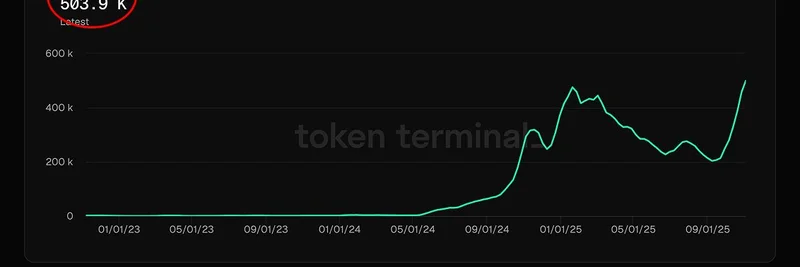Hey there, meme enthusiasts and blockchain buffs! If you're knee-deep in the world of meme tokens, you know how crucial fast, cheap transactions are for riding those viral waves. Recently, BSCNews dropped a fascinating deep dive video on Arbitrum, highlighting its role in Ethereum scaling for 2025. Let's break it down in simple terms and see why this matters for your favorite meme coins.
What’s Arbitrum All About?
Arbitrum is a leading Layer 2 (L2) solution built on Ethereum, designed to make transactions faster and cheaper without sacrificing security. It uses something called Optimistic Rollups, which basically batches up transactions off the main Ethereum chain and only posts summaries back to it. This reduces congestion and gas fees—perfect for launching and trading meme tokens that can go viral overnight.
The video kicks off with Arbitrum's origins. Founded by Offchain Labs, with key figures like Ed Felten, Steven Goldfeder, and Harry Kalodner at the helm, it started as an academic project at Princeton. Today, it's a powerhouse with nearly $18 billion in Total Value Locked (TVL), making it one of the biggest players in the L2 space.
Key Innovations: BoLD and Timeboost
One of the highlights is BoLD (Bounded Liquidity Delay), a new protocol that allows anyone to validate the network permissionlessly. This enhances decentralization and security, ensuring that even as meme token frenzy hits, the chain remains robust against disputes.
Then there's Timeboost, which optimizes transaction ordering for faster confirmations. Imagine snagging a hot new meme token before the crowd—Timeboost could make those split-second decisions even more rewarding by reducing latency.
The video also touches on Stylus, which lets developers code in languages like Rust via WebAssembly (WASM). This opens doors for more efficient smart contracts, potentially leading to innovative meme token mechanics or games.
Orbit Chains and Liquidity Boost
Arbitrum's Orbit allows for easy creation of Layer 3 (L3) chains, customized for specific needs. Think dedicated chains for meme token communities or high-frequency trading bots. With over 100 Orbit chains in the works, this "universe of chains" is expanding fast.
Liquidity is king in memes, and Arbitrum is stepping up as a hub. Recent integrations with platforms like Robinhood and PayPal bring more fiat on-ramps, making it easier for newcomers to jump into meme token trading. Plus, with stablecoins and DeFi protocols thriving, liquidity pools for memes are getting deeper.
Over the summer, we've seen a surge in DeFi and meme coin launches on Arbitrum, proving its appeal for quick, low-cost deployments.
Challenges and the Road Ahead
No deep dive skips the hurdles. The video notes challenges like sequencer centralization and the need for better cross-chain interoperability. But with updates like BoLD pushing decentralization and ongoing governance improvements, Arbitrum is addressing these head-on.
In conclusion, Arbitrum isn't just scaling Ethereum—it's paving the way for the next generation of meme tokens. With $ARB as the governance token, holders can influence these developments, potentially driving value as adoption grows.
If you're building or trading memes, keep an eye on Arbitrum. Check out the full video from BSCNews for more details, and stay tuned to Meme Insider for the latest on how L2s are fueling the meme economy.
What do you think—will Arbitrum become the go-to L2 for meme tokens in 2025? Drop your thoughts below!

